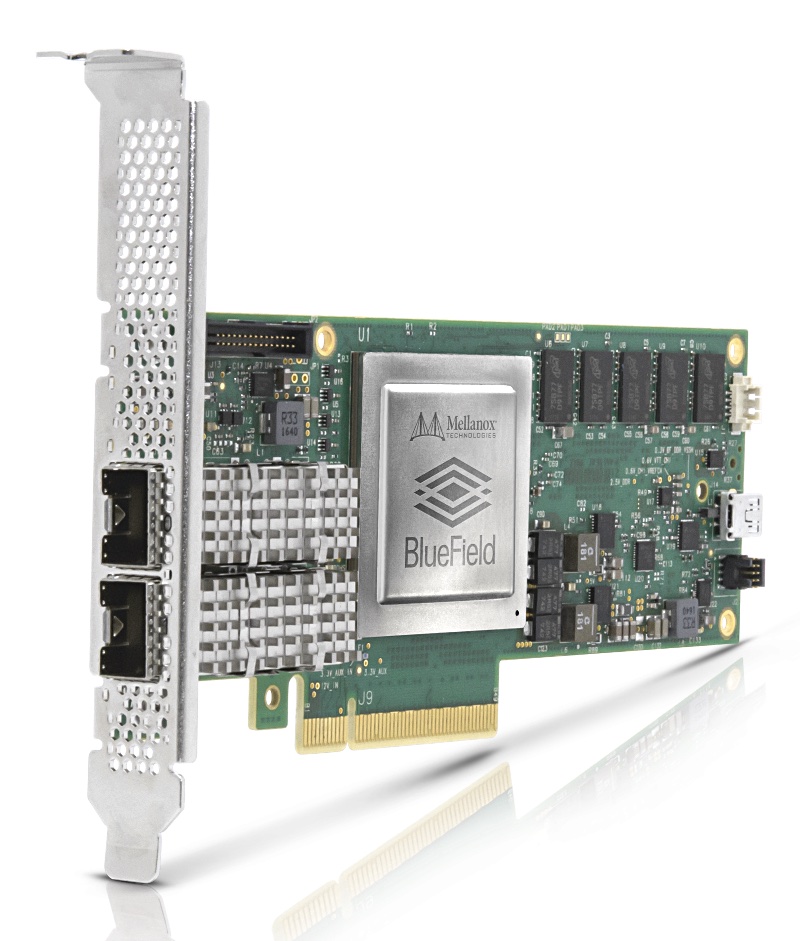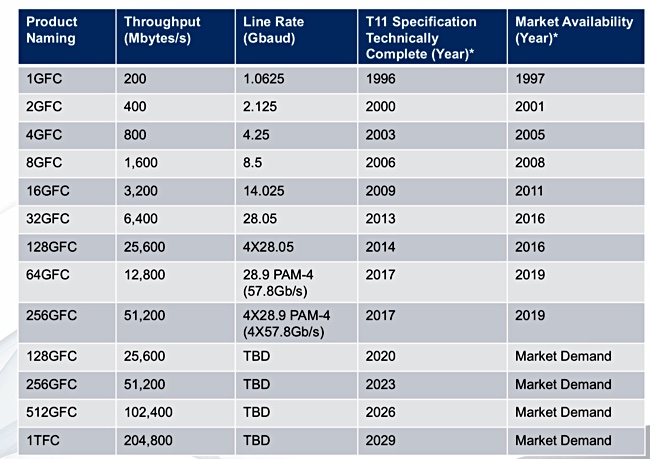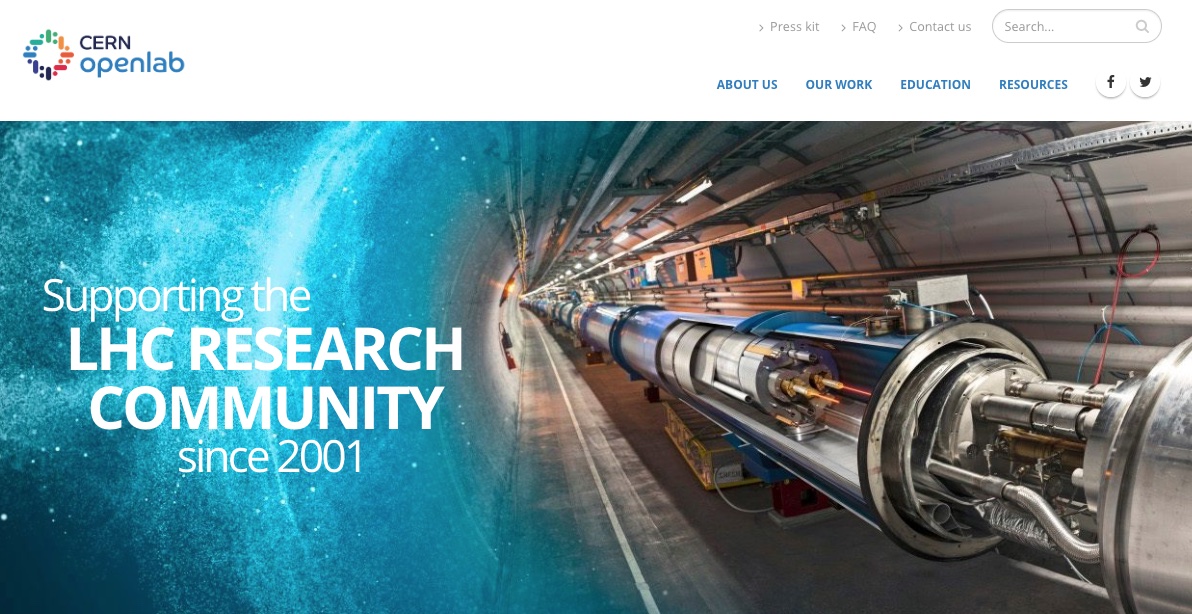Storage news is our stock-in-trade, but it is hard to keep up with the barrage directed at our inbox.
We simply don’t have the manpower or energy to delve deep into every release. But from time to time we can make some space to summarise some of the stories that did not make the news cut.
Today we present in alphabetical order 16 storage news-in-briefs (or nibs as they are called in UK journalism land).
Arcserve
Arcserve has appointed Vince Blackall as its EMEA Channel Director. He reports to Mick Bradley, Arcserve’s EMEA VP. Blackall comes with a proven track record of delivering transformational revenue growth and sales productivity across existing and new sales teams, and will oversee the development and delivery of Arcserve’s EMEA channel growth strategy.

Prior to Arcserve, Blackall led channel sales for Kaminario and, before that, Pure Storage, Violin Memory, Dell Software, Commvault, Veritas (now Symantec) and Computer Associates (now CA Technologies). Arcserve claims it is growing at twice the industry pace.
Altaro
Altaro’s WAN-Optimzed Replication v8 reduces VM recovery time objective periods. It enables system administrators to replicate ongoing changes to their virtual machines (VMs) to a remote site. This is intend to ensure seamless working from the replicated VMs should something go wrong with the live VMs, such as damage due to severe weather conditions, flooding, ransomware, viruses, server crashes and so on.
Managed Service Providers (MSPs) can now add replication services to their offering, with the ability to replicate customer data to the MSP’s infrastructure. WAN-Optimized Replication is available exclusively for customers who have the Unlimited Plus edition of Altaro VM Backup. It is automatically included in Altaro VM Backup for MSPs. Access Ataro here.
Cobalt Iron
Cobalt Iron, a provider of enterprise data protection SaaS, has added a virtual tape library (VTL) feature to its platform of Adaptive Data Protection (ADP) Accelerators. the ADP VTL is intended to replace ageing, high-priced VTL appliances or physical tape. Cobalt Iron says will eliminate tape cost and management, automate VTL operations and connect VTL data to the cloud, all within a unified, end-to-end enterprise data protection SaaS. ADP VTL also offers disaster recovery (DR) benefits for IBM iSeries users.
Cohesity
Cohesity says Switzerland-based Sensirion AG, a manufacturers of digital microsensors and sensor systems, has deployed Cohesity technology for backups. The Cohesity product supports snapshots from Pure Storage flash-based primary storage solution and SMB targets. Archiving into the cloud is an option, allowing Sensirion to shrink its tape infrastructure.

“For us, Cohesity’s ease of deployment, its operational simplicity, and the professional support were the deciding factors. We see additional potential to develop this backup solution into a secondary storage management environment—across sites and with cloud integration,” said Andreas Kühne, lead global IT infrastructure services, Sensirion AG.
DDN
HPC storage supplier DDN is providing professional support for Lustre clients on Arm-based platforms. DDN is using its WhamCloud division, the foremost Lustre support provider.
James Laros, Vanguard-Astra program lead at Sandia National Laboratories, said: “Sandia has deployed Lustre-based parallel file systems for many years to support its high-performance computing enterprise needs. Astra, the world’s fastest Arm-based platform, will use a flash-based Lustre file system that we expect will maximize the end-to-end efficiency of our mission workload.” HPE and Marvell also issued supportive quotes.
E8
NVMe-oF storage supplier E8 is expanding its technology partnership with Mellanox via an integrated solution built on Mellanox BlueField SmartNICs. Customers can pair the E8 agent with the SmartNIC, offloading the agent functionality to the SmartNIC, and get the benefits of CPU offload to overcome performance bottlenecks to application performance.

The two say all the storage data path operations are managed by the dedicated computing resources of the offload engine, not by host server compute cores. This is good, they say, for intensive workloads that need to operate in real time, such as genomics, analytics and AI.
FCIA goes 64 gig
The non-profit Fibre Channel Industry Organisation (FCIA) has announced generation 7 Fibre Channel, running at 64Gbit/s, twice the speed of the current fastest FC link, 32Gbit/s. Fibre Channel is the main block access protocol used to connect application servers to storage area networks (SANs); the other being iSCSI, which runs over Ethernet.
Formally the INCITS T11 standards committee has completed the Fibre Channel Physical Interface (FC-PI-7) standard specifications for 64GFC by forwarding the document to the International Committee for Information Technology Standards (INCITS) for publication.
A 64Gbit/s FC link will be capable of delivering real world full-duplex storage bandwidth of 12,800 MB/sec over a single lane serial SFP+ cable interface. It will be backwards compatible with 32Gbit/s and 16Gbit/s Fibre Channel ports.
An FCIA Fibre Channel roadmap envisages more FC speed increases, out to 1Tbit/s:

Micron
Micron Technology introduced the industry’s first 1TB automotive and industrial grade PCIe NVMe solid state drive in BGA and 22x30mm M.2 form factors at Electronica 2018. The 2000 series products use 64-layer triple-level cell (TLC) 3D NAND technology. Capacities range from 64GB to 1TB. Performance is up to 2000 MB/sec reads and 1100 MB/sec writes. That’s >2X faster reads and >1.5X faster writes than UFS 2.1 and SATA 3 interface SSDs.
Micron 2100AI and 2100AT PCIe-based NVMe SSDs are sampling to automotive and industrial customers today, and volume production is expected in 2H 2019.
Same vendor – but otherwise unrelated news – Micron has joined CERN openlab, a public-private partnership, by signing a three-year agreement. It will supply CERN with next-generation memory products to further machine learning capabilities for high-energy physics experiments at the laboratory.

Micron will develop and introduce a specially designed Micron memory solution that will be tested by researchers at CERN for use in rapidly combing through the vast amount of data generated by experiments.
The project will feature FPGA-based boards with Micron’s high-performance memory combined with a neural network technology developed in collaboration between Micron and FWDNXT, a provider of deep learning and AI solutions.
Quobyte
Yahoo! Japan is using OpenStack and Quobyte’s file system to get better access to its vast data stores. These include including demographic, psychographic, ecommerce, real-time search, and web browsing information. Quobyte’s Data Centre File System uses hyperscaler parallel distributed file system technologies to unify file, block, and object storage in a single repository.
SNIA and computational storage
The non-profit Storage Networking Industry Association (SNIA) has set up a Computational Storage Technical Work Group (TWG) aimed at promoting the interoperability of computational storage devices, and to define interface standards for system deployment, provisioning, management, and security.
The industry is seeing an increase in customer requirements to move compute closer to traditional storage devices and systems to deliver a significant performance and infrastructure scaling advantage. Computational Storage solutions typically target applications where the demand to process ever-growing storage workloads is outpacing traditional compute server architectures. These applications include AI, big data, content delivery, database, machine learning and others.
Founding members of the Computational Storage TWG include: Arm, Eideticom, Inspur, Lenovo, Micron Technology, Inc., NetApp, NGD Systems, Inc., Nyriad, Samsung Electronics Co. LTD., Scaleflux, SK Hynix, Western Digital Corporation, and Xilinx.
Snowflake Computing
Snowflake Computing, with its data warehouse built for the cloud, announced the availability of two new performance features – automatic clustering and materialised views. They optimise query performance, eliminating the manual work associated with other data warehouse offerings. When combined, these features can deliver an exponential increase in performance.
Spin Memory gets MRAM funding
Spin Memory (formerly Spin Transfer Technologies) has raised $52 million in a series Series B funding round led by Applied Ventures LLC and Arm.
It has signed a licensing agreement with Arm whereby it and Spin Memory will work together to create SRAM-class magnetoresistive random-access memory (MRAM) designs based on Spin Memory’s Endurance Engine technology for Arm SoCs (Systems on Chips).
Storage Unpacked Podcast
In this Storage Unpacked podcast consultant Chris Evans, Martin Glassborow, compute platforms manager at Sky and Blocks and Files’ Chris Mellor discuss Information Lifecycle Management (ILM) re-invented and modern products such as Komprise.
How do these products work? It is all about data ingest, or just indexing? What happens when data moves between platforms and how do files continue to be accessed?
Companies like Komprise claim to be able to move data without impacting the application or needing to use techniques like stubs. Others like IBM Spectrum Discover, simply appear to do content indexing.
Ultimately, perhaps we need to move everything to object stores and dispense with file services altogether. Can we ignore public cloud and can we get the S3 API moved to an open standard? All questions the team attempt to answer on this week’s podcast.
Access the podcast here.
Violin Systems
Violin Systems, the back-from-the-dead all-flash array supplier, has closed its acquisition of the X-IO ISE storage business. It is getting X-IO’s products and engineering team, as well as retaining X-IO’s service process and organization to manage the existing customer installed base of more than 8,000 X-IO arrays.
It says it will add X-IO ISE arrays to its flash storage product lineup. Ultimately Violin Systems intends to integrate its own performance technology with X-IO price-performance value to deliver transformational economics for organizations of any size.
XenData
XenData has launched FS Mirror file system mirroring software optimised for hybrid cloud, LTO and optical disk archives. It syncs file-folder structures between cloud, local disk, LTO and Sony Optical Disc Archive (ODA) storage. Performance is maximized by restoring files from LTO in tape order and from ODA in disc order; File integrity is assured by using end-to-end checksums.

A suggested use-case for FS Mirror is to synchronize a file-folder structure held on an LTO archive, an ODA system or on shared disk storage to a clone copy stored in the cloud. In addition to providing a data protection copy in a cloud location, it supports multi-site access to the entire cloned file system. Another is to replicate the file-folder structure on shared disk storage to LTO data tape cartridges within a robotic library.
The FS Mirror software runs on XenData Hybrid Storage and Archive Servers. A range of robotic LTO libraries are supported including ones from Dell, HPE, IBM, Oracle, Overland Storage, Qualstar, Quantum and Spectra Logic. For cloud storage, it supports the hot and cool tiers of Azure Blob Storage.








